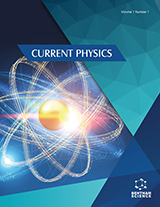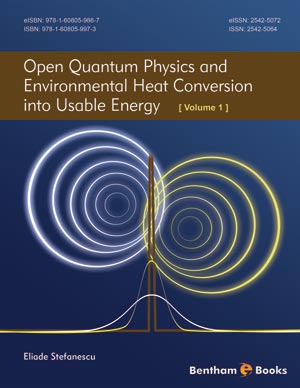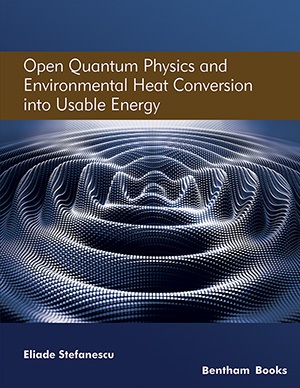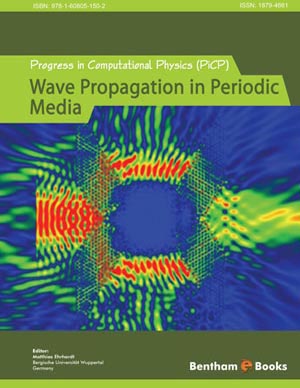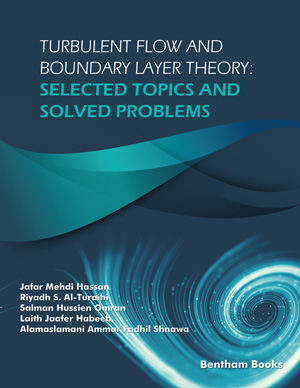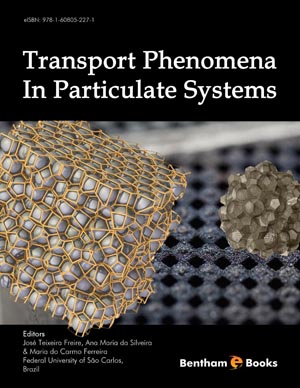Abstract
The determination of fragment particle number distributions in microscopic systems is a fundamental problem. It requires a proper quantum mechanical treatment accounting for indistinguishability of identical particles. The results also depend on the predictive power of the many-body dynamical theory used to describe the evolution of the system. The widely used timedependent Hartree-Fock (TDHF) mean-field approximation can describe quasielastic transfer probabilities, but it underpredicts the variance of the fragment particle number distributions in more violent reactions such as deep-inelastic collisions. The latter require beyond mean-field fluctuations which are described, e.g., within the time-dependent random-phase approximation (TDRPA). Applications of the TDHF formalism and its extension including pairing correlations at the BCS level, as well as TDRPA calculations are presented in the nuclear physics context. Examples include transfer reactions and fission. Numerical aspects are emphasised.
Keywords: transfer reactions, mass and charge distributions, particle number projection technique, Time-Dependent Hartree-Fock theory, Time-Dependent Random Phase Approximation



